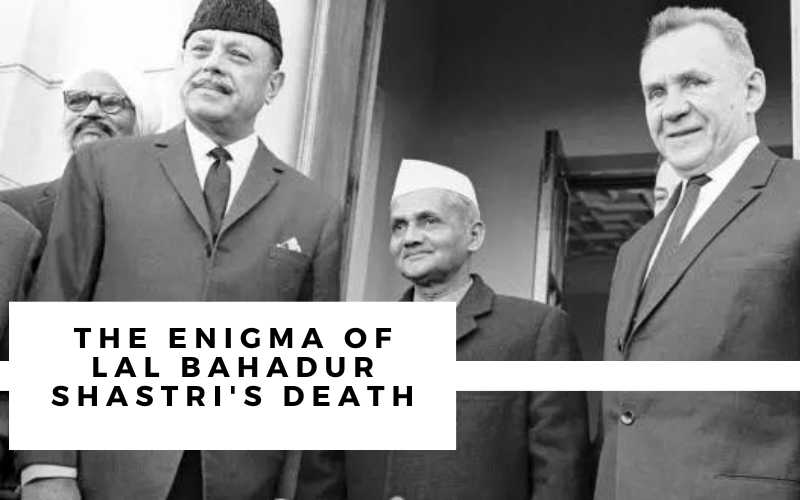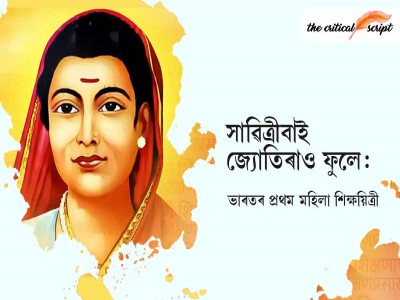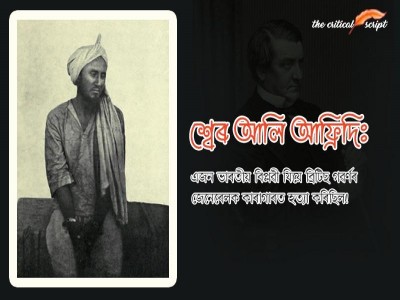
The Enigma of Lal Bahadur Shastri's Death
Lal Bahadur Shastri, the second Prime Minister of India, passed away on 11 January 1966, in Tashkent, Uzbekistan, under mysterious circumstances. Shastri had traveled to Tashkent to attend a summit meeting with Pakistani President Ayub Khan, aimed at resolving the lingering tensions between India and Pakistan following the 1965 Indo-Pak war.
The Tashkent Agreement, signed on 10 January 1966, was a significant diplomatic effort to establish peace between the two nations. However, Shastri's sudden demise the next day sparked widespread speculation and conspiracy theories.
The circumstances of Lal Bahadur Shastri's demise in Tashkent continue to be a subject of debate and speculation, leaving a lingering sense of uncertainty about the events that unfolded on that fateful night. As the nation marks the anniversary of his passing, the call for transparency and a conclusive investigation into the circumstances of his death echoes, underscoring the need for closure on this enduring historical enigma.
The conspiracy theories surrounding Lal Bahadur Shastri's death in Tashkent are often fuelled by several findings and circumstances that are perceived as unusual or suspicious. While these points contribute to the scepticism surrounding the official narrative, it's crucial to note that they do not necessarily prove any conspiracy.
Some of the findings that have propelled conspiracy theories include:
Absence of Post-Mortem Examination: The fact that no post-mortem examination was conducted on Shastri's body has been a significant point of contention. In sudden or unexplained deaths, a post-mortem is standard procedure to determine the cause. The lack of such an examination in Shastri's case has fuelled suspicions.
Hasty Embalming of the Body: Shastri's body was reportedly embalmed quickly after his death, hindering the possibility of a post-mortem examination. Critics argue that this rapid embalming raises questions about the thoroughness of the investigation into the cause of death.
Contradictory Statements: Over the years, there have been contradictory statements from individuals present in Tashkent during the summit. Some officials and members of Shastri's delegation have given conflicting accounts of the events leading up to his death, adding to the uncertainty.
Timing and Significance of the Tashkent Talks: Shastri's death, occurring just hours after the signing of the Tashkent Agreement, has been highlighted as a suspicious element. The talks were critical for establishing peace between India and Pakistan after the 1965 war, and some conspiracy theorists argue that certain entities had an interest in derailing the negotiations.
Allegations of Poisoning: While there is no conclusive evidence, some conspiracy theories suggest that Shastri may have been intentionally poisoned. The lack of a detailed investigation into toxicology or forensic aspects has left room for speculation regarding foul play.
It's important to approach these findings with a critical mindset and acknowledge that conspiracy theories often thrive without definitive evidence. The call for further investigation and transparency in this matter persists, as individuals seek closure and clarity regarding the circumstances of Lal Bahadur Shastri's untimely death.
Disclaimer: The opinions expressed in this article are those of the author's. They do not purport to reflect the opinions or views of The Critical Script or its editor.

Newsletter!!!
Subscribe to our weekly Newsletter and stay tuned.

















Related Comments